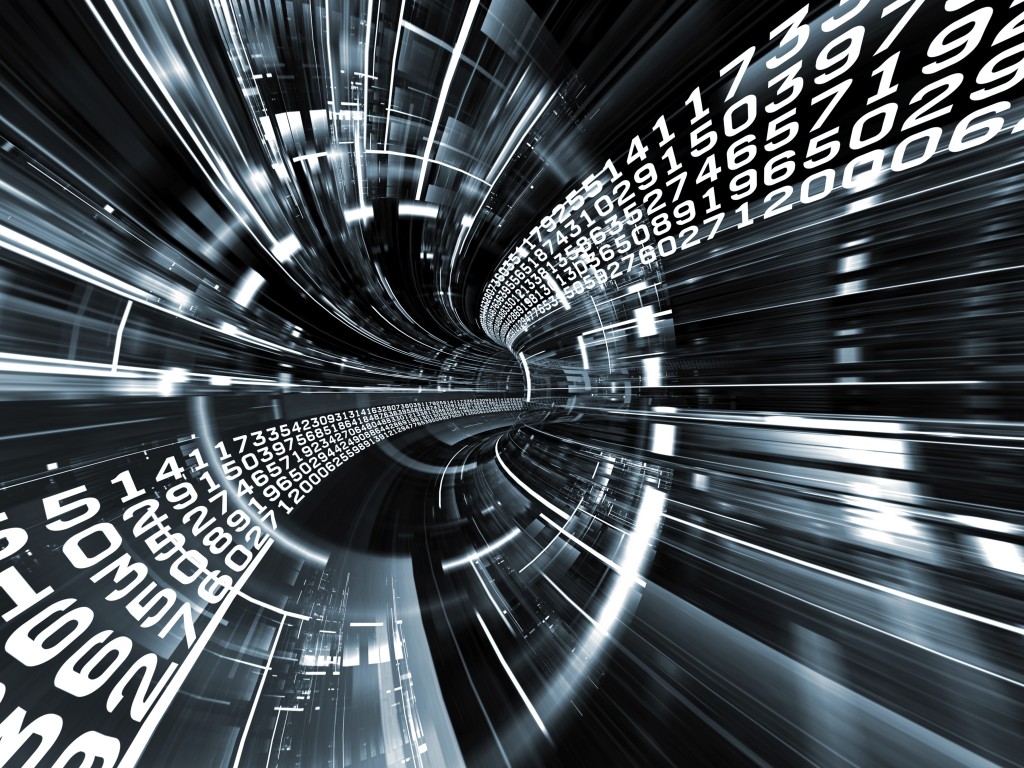
Dr. Michael Chui, partner and senior fellow at McKinsey Global Institute (MGI) speaking at GovLoop’s The Internet of Things: The Connected Government event.
The physical world is turning into an information super highway. Yes, this might sound like science fiction and something out of Star Trek, but much of our physical infrastructure is now connected to the Internet through devices. Take for instance cars. It’s not far fetched to assume that soon we will live in a world where your car will let you know if you need to stop at the grocery store, see video of what’s happening inside/outside your home and even control the temperature.
This phenomenon, known as the Internet of Things, is leading a remarkable transition for government. At GovLoop’s event, The Internet of Things: The Connected Government, we brought together leaders from both the private and public sector to share knowledge and insights around this emerging trend.
“We are really living in an age of data,” said Dr. Michael Chui, partner and senior fellow at McKinsey Global Institute (MGI) during his opening keynote.
He reminded us that in the past two years, 90% of the world’s data has been created, and that number is growing. With explosion of social data, new visualization and as the number of connected devices increases, so does the amount of data.
“[IoT is] truly a global trend in terms of the interest and applications of the technology,” said Dr. Chui. He also shared some data from a recent McKinsey report, in which McKinsey identified six different ways that IoT can potentially be used.
- Tracking behavior: With IoT, organizations can track all different kinds of behavior and how different objects interact with each other. One example would be when a package is mailed, not only can we identify the location of a package, but we could also measure the temperature, vibration and condition.
- Enhanced situational awareness: Public safety would be one area where IoT would benefit agencies. Enhanced situational awareness could be provided to law enforcement, to quickly understand data at a crime scene. The real-time data would help inform and make better decisions.
- Sensor-driven decision analytics: One example would be from the healthcare world. For medical professionals, they have very limited time with patients, if they could track certain data over a longer period of time, they could understand better insights to make improved healthcare decisions.
- Process optimization: Dr.Chui shared a photo of McDonald’s doing A/B testing to understand how to most efficiently serve their food. With so much data, they are able to measure more, and use measurement as a tool to improve efficiency. With the ability to measure more data points, agencies can look at new ways to make improved metrics.
- Optimized resource consumption: A good example to describe optimized resource consumption would be related too energy use. Take for instance your home, you can check energy use and know how to properly adjust the thermostat to meet your habits, and identify ways to reduce consumption.
- Complex autonomous systems: The final example relates too autonomous action; think about the use of autonomous cars and drones, and how these solutions are changing lots of different sectors.
Dr. Chui also shared five technology challenges and four policy and organizational challenges.
5 Technology Challenges
- Cost and capability of sensors and actuators
- Reliability for critical networks
- Technical standards for open networks
- Software for massive data analytics in real-time
- Visualization technology
4 Policy and Organizational Challenges
- Data privacy
- Data security
- Legal liability
- Organizational implications (role of IT function)
The data that is being produce today has dramatically improved the effectiveness and efficiency of government, and has led to new kinds of innovations that couldn’t ever been able to be created without data. To learn more about how government has adopted the IoT, be sure to check out our recent report.
